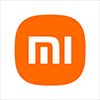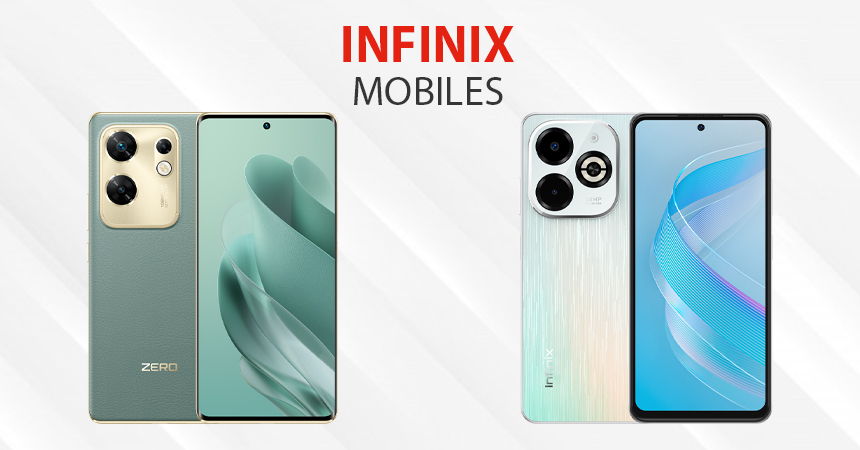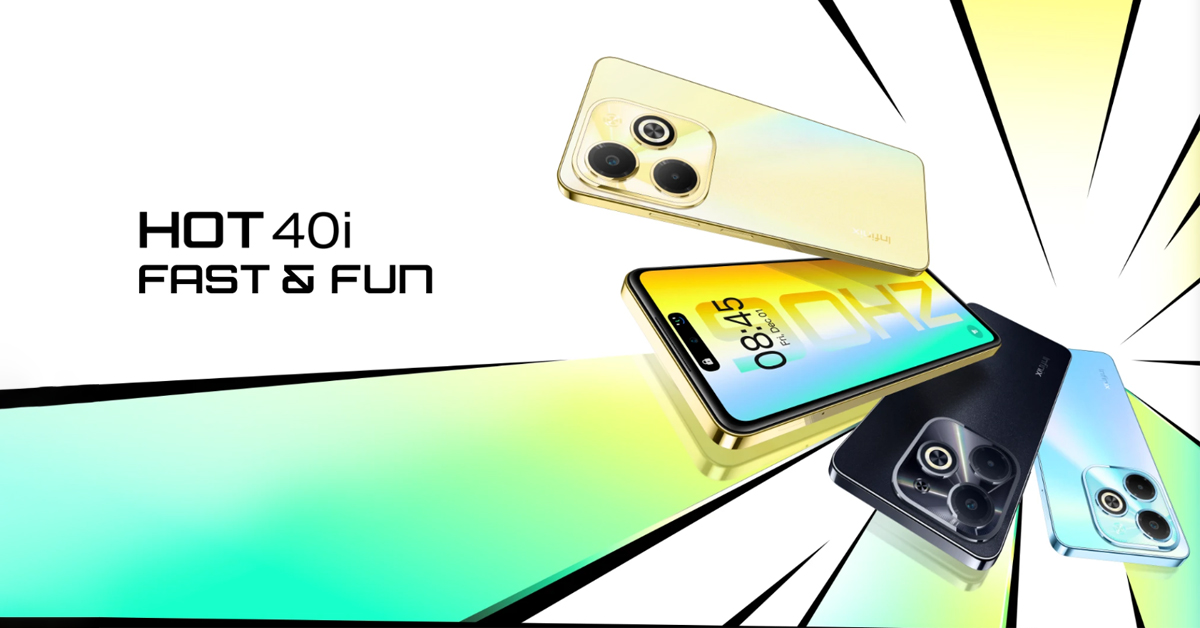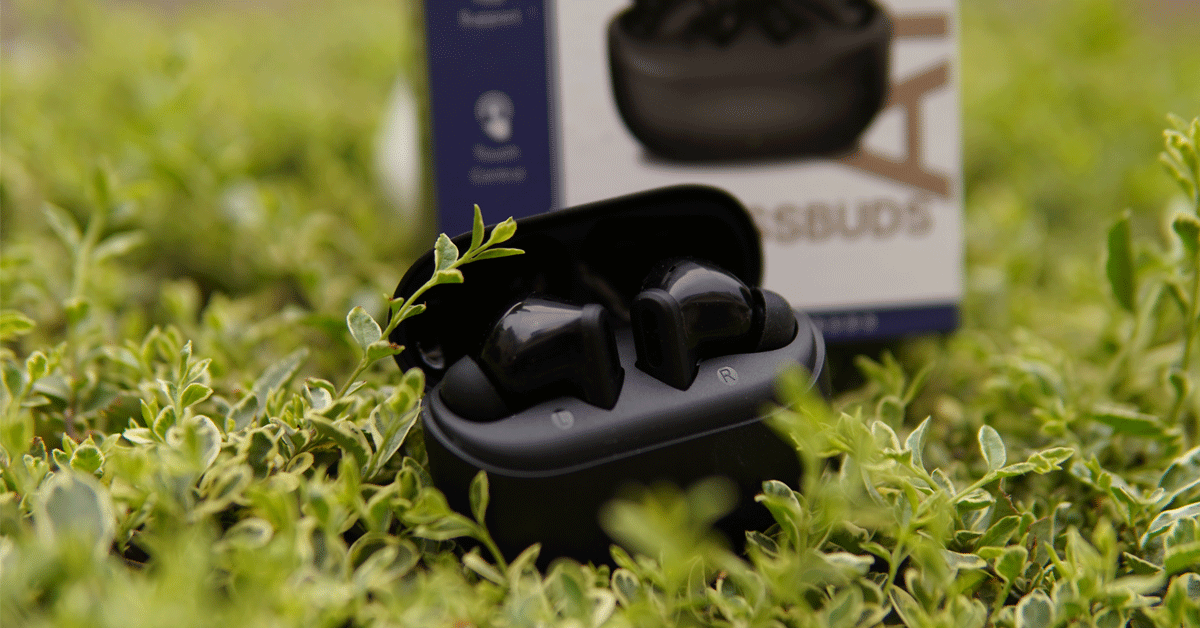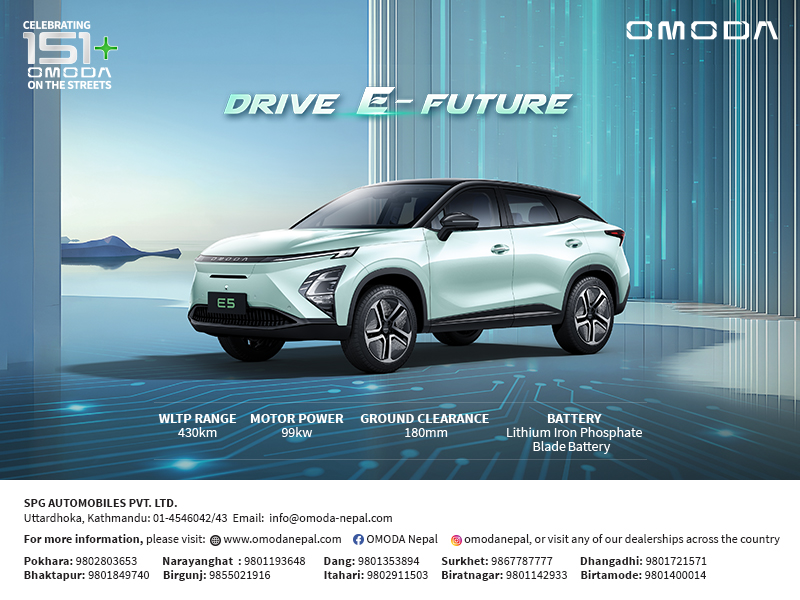The Good
- Impressive AMOLED display
- Good enough performance
- Huge battery
- Good cameras
The Bad
- The plastic build makes it prone to scratches
- There are better performing phones for a similar price
- Low-light camera performance is not great
Samsung launched it’s new M-series phones in Nepal a few weeks ago. Among them, Samsung M31 comes as an update to the Samsung M30 and M30s.
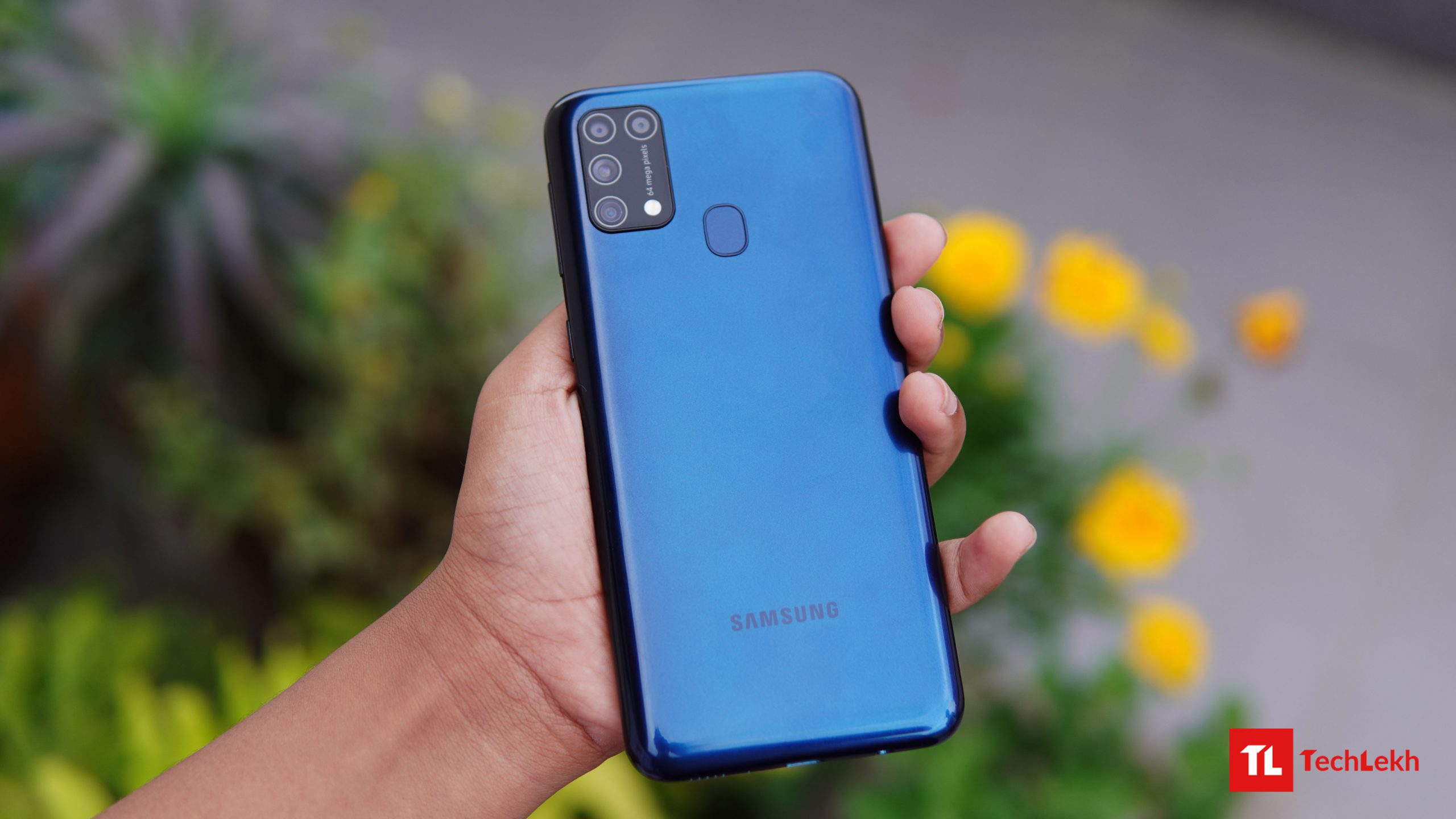
I have been using this device for more than 3 weeks now and I’ve already given my early impression of this device. Check it out first if you want to. This is the follow up to my early impression and includes a detailed review of the M31.
Samsung M31 Specifications
- Body: 159.2 x 75.1 x 8.9 mm, 191 g, Dual SIM (Nano-SIM, dual stand-by)
- Display: 6.4 inches Super AMOLED, 1080 x 2340 Resolution, 19.5:9 Aspect Ratio, 403 ppi, Corning Gorilla Glass 3
- Chipset: Exynos 9611 (10nm)
- CPU: Octa-core (4×2.3 GHz Cortex-A73 & 4×1.7 GHz Cortex-A53)
- GPU: Mali-G72 MP3
- Memory: 128GB ROM 6GB RAM, 128GB ROM 8GB RAM, UFS 2.1
- OS: Android 10, One UI 2.0
- Rear Camera: 64 MP, f/1.8, 26mm (wide), 1/1.72″, 0.8µm, PDAF
- 8 MP, f/2.2, 12mm (ultrawide), 1/4.0″, 1.12µm
- 5 MP, f/2.4, 25mm (macro), 1/5.0″, 1.12µm
- 5 MP, f/2.2, (depth)
- Video: 4K@30fps, 1080p@30fps, gyro-EIS
- Front Camera: 32 MP, f/2.0, 26mm (wide), 1/2.8″, 0.8µm
- Video: 4K@30fps, 1080p@30fps
- Battery: Non-removable Li-Po 6000 mAh battery, Fast charging 15W
- USB: 2.0, Type-C 1.0 reversible connector, USB On-The-Go
- Misc: Fingerprint (rear-mounted), accelerometer, gyro, proximity, compass, 3.5mm Headphone jack
- Colors: Ocean Blue, Space Black, Red
Samsung M31 Price in Nepal: Rs. 30,999 (6GB/128GB) / Rs. 35,699 (8GB/128GB)
Samsung Galaxy M31 Review
Same Old Design
- 159.2 x 75.1 x 8.9 mm
- 191 g
- Dual SIM (Nano-SIM, dual stand-by)
Samsung Galaxy M31 uses a plastic body and has a glossy finish on the rear. On the front, it has an AMOLED display with a water-drop notch.
The plastic build is made to look like glass with the finish but it surely doesn’t look like it.
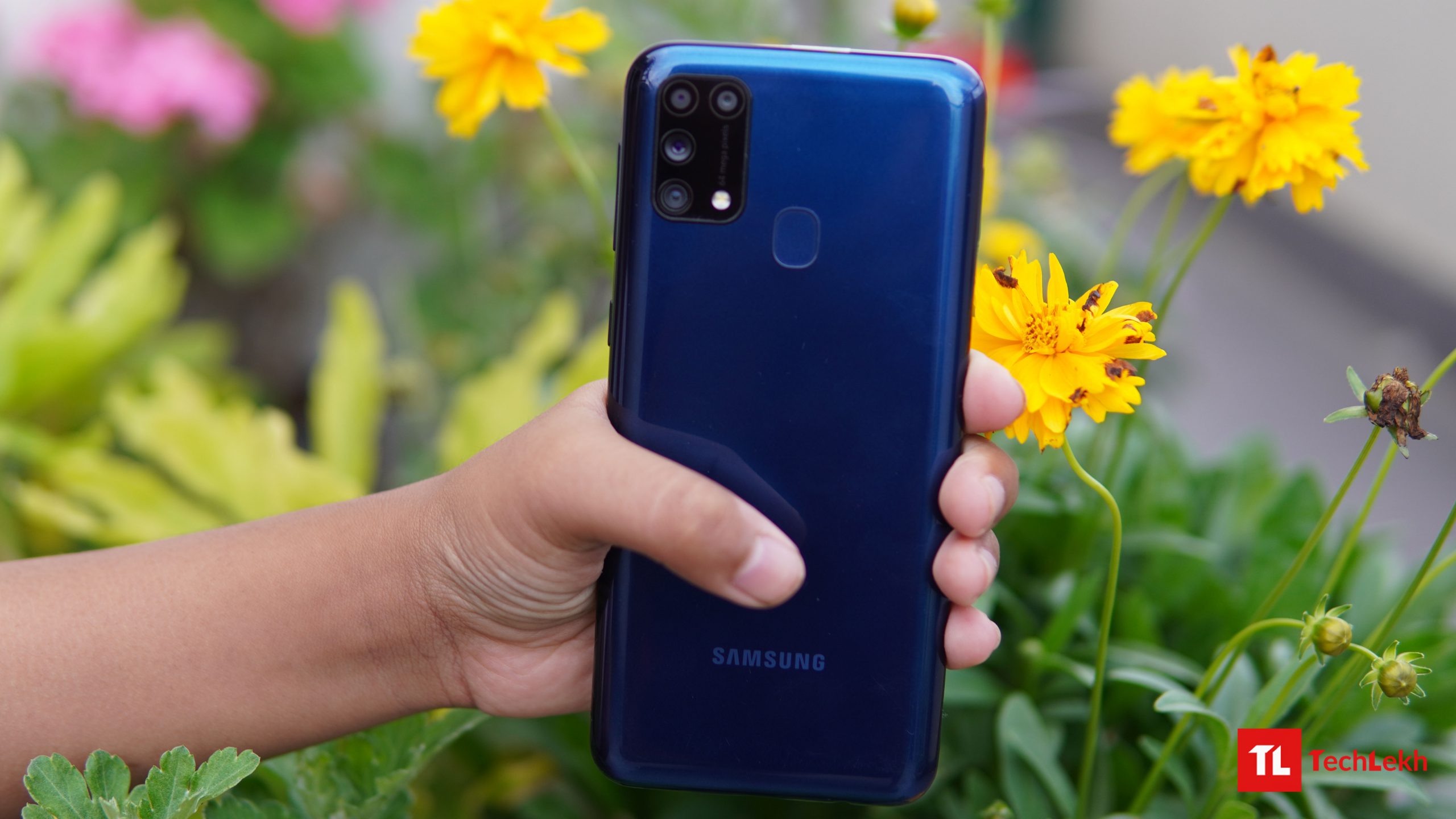
The plastic build makes it prone to smudges and scratches.
This particular review unit has received scratches on the rear panel during my usage but it’s noticeable only on close inspection. So, I recommend you use a case.
The rear houses a quad-camera setup with a rectangle camera module alongside the oval-shaped fingerprint sensor. The sides curves into the frame and the edges are curved as well.
On the front, the side bezels are slim but the chin is still prominent. The buttons are on the right side whereas there’s a tray for two sims and one micro-sd.
On the bottom, we get a headphone jack, a USB Type C port, a mic, and a speaker. Whereas there’s another mic on the top. Also, the earpiece is tucked away neatly right on the top on the notch.
Even though, the plastic build doesn’t look premium. It feels robust and solid. But it’s prone to scratches. Thus, I would have liked a glass back which we see on the like of Redmi Note 8 Pro.
Ergonomically, I like how it fits in the hand. It isn’t slippery and I can use it with my on hand. But, it’s not exactly easy to use with a single hand. You will have to get used to it.
Super AMOLED Display
- 6.4 inches Super AMOLED
- 1080 x 2340 Resolution
- 19.5:9 Aspect Ratio
- 403 ppi
- 60Hz panel
- Corning Gorilla Glass 3
The Samsung Galaxy M31 has a 6.4 inch 1080×2340 (FHD+) AMOLED display. It’s a 60Hz panel with deep blacks and impressive color reproduction.
Following up on my initial impression, everything remains the same. The color is vivid and the contrast ratio is high. It’s perfect for YouTube, Netflix, and playing games.
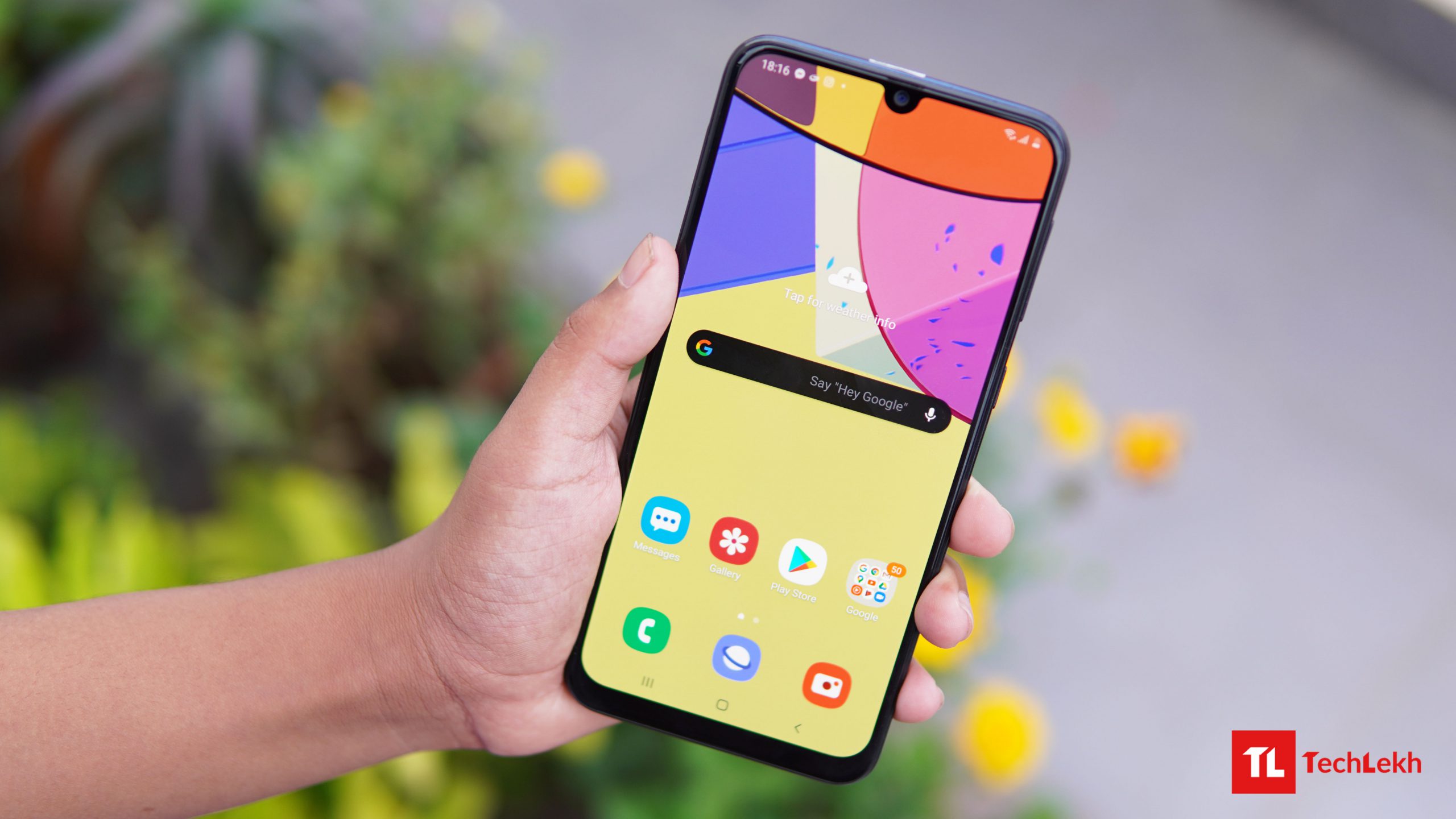
The display is impressive for media consumption. But, it’s not as bright under hard sunlight. If you want to take photos or view contents under hard sunlight, you will find it slightly difficult.
The Always On Display is as usual. You can customize it to some level. You can also choose various color modes for display. If you like a more natural tone, you can opt for Natural mode, or else you can go with Vivid mode. You can also adjust the warmth and make the color temperature color or warm.
Camera
- Rear Camera: 64 MP, f/1.8, 26mm (wide), 1/1.72″, 0.8µm, PDAF8 MP, f/2.2, 12mm (ultrawide), 1/4.0″, 1.12µm
- 5 MP, f/2.4, 25mm (macro), 1/5.0″, 1.12µm
- 5 MP, f/2.2, (depth)
- Video: 4K@30fps, 1080p@30fps, gyro-EIS
- Front Camera: 32 MP, f/2.0, 26mm (wide), 1/2.8″, 0.8µm
- Video: 4K@30fps, 1080p@30fps
To be frank, I’ve never been a huge fan of high megapixel sensors. I mean it’s great and all for capturing high details but I don’t really find it useful. After all, photos from our smartphones are only gonna end up on social media.
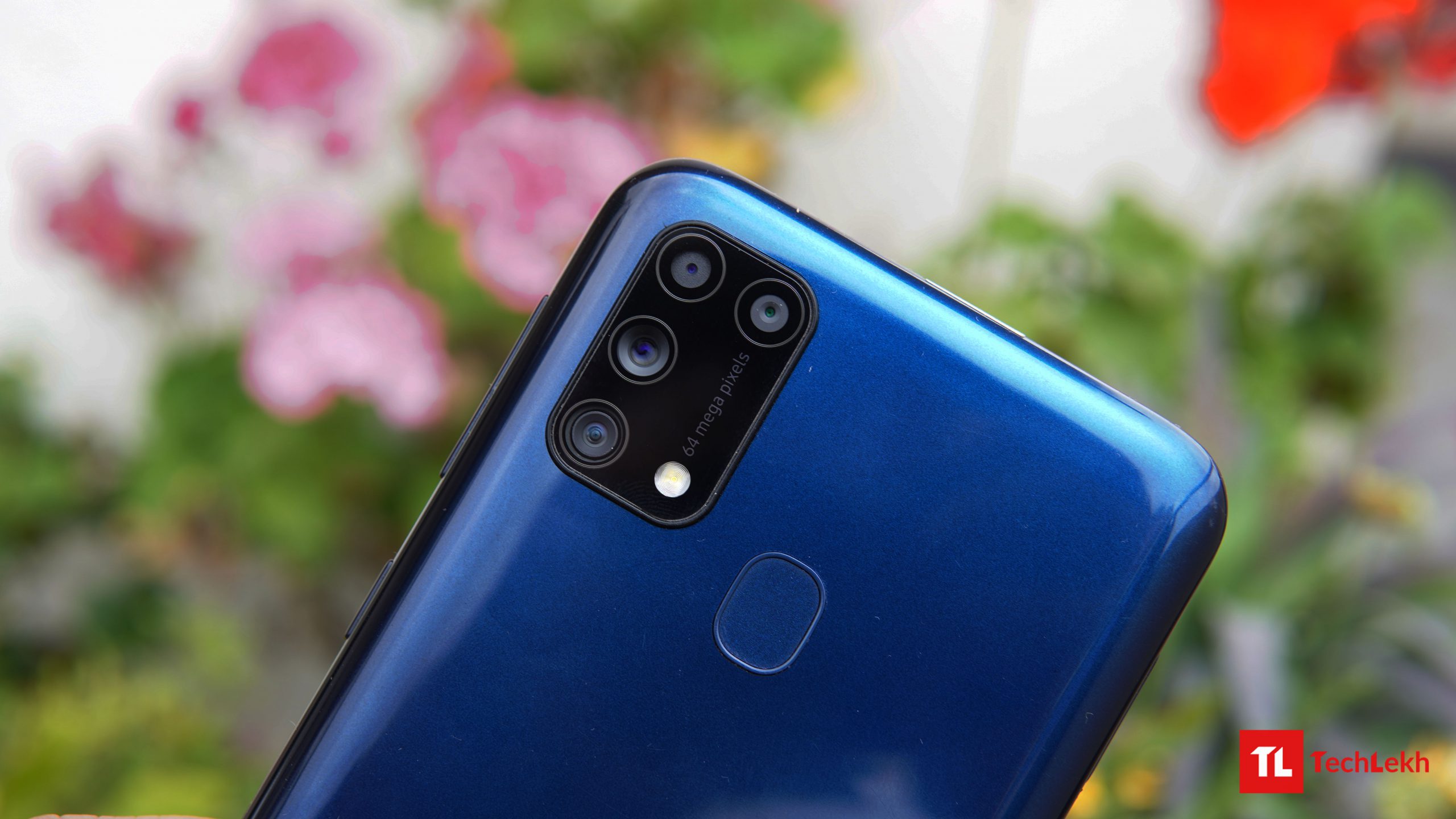
64MP Main Sensor
So, what we get with the Samsung Galaxy M31 is a 64MP main sensor with a pixel size of 0.8μm. It’s quite a large sensor that helps the sensor attain more light. Generally, the Samsung Galaxy M31 takes pleasing photos. But, in typical Samsung fashion, it still retains similar camera processing of the other mid-range Samsung phones.
Samsung Galaxy M31’s binned 16MP images come out very sharp, and the image processing favors high contrast and saturation. The white balance it chooses is not necessarily the most accurate, and it tends to pick one that can bring out the colors in the scene.
The images have the lowest ISO of 20, thus it’s HDR is quite admirable. It manages to keep details in darker parts without blowing out the brighter areas. I like the brightness on the binned images, it’s a tad bit brighter than normal but it helps the image stand out.
Moving on to its 64MP images, they obviously have more details. If you take a look at the images side by side, it’s clear than the 48MP images have more detail. The images look flatter than the binned 16MP images though, the color is dull and more natural. And, it doesn’t sharpen the picture as much as it does with 16MP images. Also, 48MP images have the lowest ISO of 40 and I think it’s done to balance the unavailability of HDR.
To be fair, I prefer the binned 16MP images because they stand out with popping color and contrast. Also, the 16MP images have a higher dynamic range and have better exposure.
But, it will come down to personal preference and you might want to use 48MP images if you want to tweak anything in post-processing. However, most of us are not gonna bother with that, so it’s better to stick with binned 16MP images most of the time.
Night Mode
So, how’s the night mode? Well, it’s good. The first thing you should note is that normal pictures taken in low-light conditions do not have good details and it’s noisy. If it’s taken at late night, the pictures might even look as if it’s not focused. But the night mode helps in this case. It reduces noise and makes the picture more appealing.
Pictures taken with night mode are sharpened and have better exposure. But still, low-light images out of the M31 is not that good. However, I would recommend using night mode more often than not.
Ultrawide Angle Goodness
For the ultrawide angle camera, M31’s 8MP sensor is the same as the M30s 8MP sensor. Though I would have liked a 12MP sensor, it’s 8MP sensor is pretty good during daylight. Ultrawide images maintain the same color profile as that of the main sensor with high contrast.
The images look quite sharp but you will notice slight noise around the edges. Also, it does not perform as good as the main sensor when it gets dark. But that’s what happens in all of the phones.
Live Focus Mode
Now, talking about the portrait photos, I’m impressed. Well, I don’t have many samples as I haven’t met many people due to the pandemic. But I have been impressed with what I’ve seen so far.
The depth effect doesn’t look artificial and that’s what I most tend to give attention in portrait photos. Moving on, edge detection is quite good but of course, it’s not perfect. It has clipped some parts of my hair but it did quite well with the glasses. I’m very happy with the results.
Macro Details
Last but not least, it has a 5MP macro sensor as well and it’s good. You mostly get 2MP macro sensors with phones other than M31 in this category, so that extra detail does make pictures more appealing. But the color profile is different than the main sensor, it’s dull and doesn’t look vibrant. Check out the samples below!
Front camera
Now on to the front camera, I like it. The 32MP sensor takes some good photos with nice contrast. The details are fine as well and the HDR works really well. Your selfies won’t be blown out even if there’s plenty of light in the background.
Now, live focus selfies arent’ that good. The edge detection is not quite good. It had a very hard time with my hair. And, the blur effect looks artificial as well. But I liked how the HDR was still able to keep the highlights under control.
Video
Samsung M31 supports 4k video recording but there’s no 60fps option even in 1080p. 4k videos are crisp with good details but you lose digital stabilization on 4k resulting in shaky videos. Stabilization improves greatly when you drop to 1080p but you lose slight details on 1080p.
The digital stabilization is not that impressive, you will see some warping as it tries to stabilize the footage. Now, it has a super steady feature at 1080p but what it does is, it actually captures video from the wide-angle camera and crops in slightly to give you stabilized videos.
This results in stabilized footage but details aren’t impressive since it is using the wide-angle camera.
Check out the samples below!
Samsung M31 – Super Steady Video Footage
Samsung M31 – 1080p Video Footage
Samsung M31 – 4k Video Footage
Performance
- Exynos 9611 (10nm)
- Octa-core (4×2.3 GHz Cortex-A73 & 4×1.7 GHz Cortex-A53)
- Mali-G72 MP3
- 128GB ROM 6GB RAM, 128GB ROM 8GB RAM, UFS 2.1
Samsung Galaxy M31 features the same chipset as the Samsung M30s; Exynos 9611. But it does have an option for a bigger 8GB RAM as it comes in two configurations: 6/128GB and 8/128GB.
Exynos 9611 is a fine chipset but its not the best performer in its price range as I’ve mentioned in my initial impression. It is made in a 10nm process and has Octa-core (4×2.3 GHz Cortex-A73 & 4×1.7 GHz Cortex-A53) CPU along with Mali-G72 MP3 GPU.
Following up on my initial impression, I performed some benchmarks and played more games to test its actual performance. First, let’s look at the benchmarks.
GeekBench
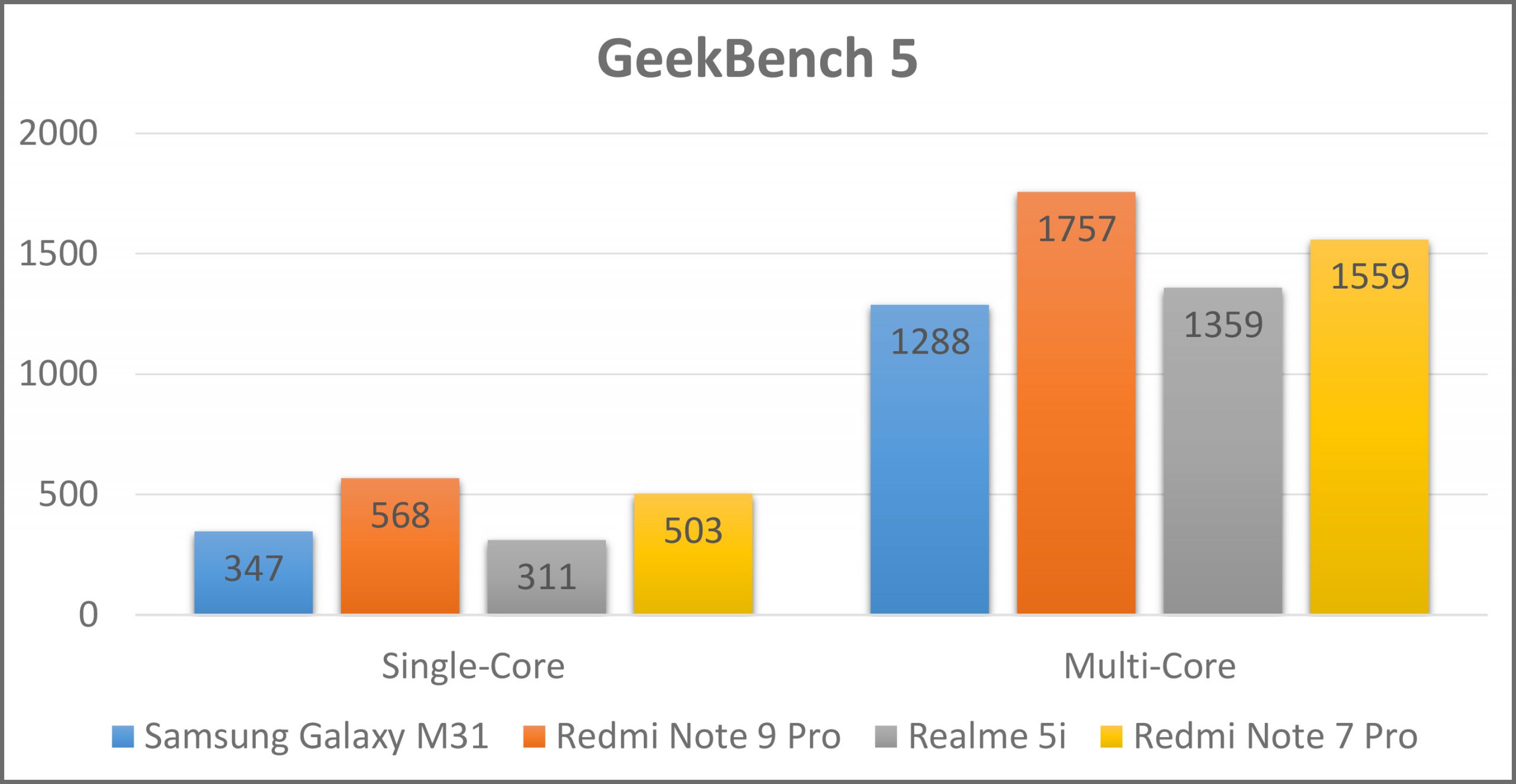
Starting off with GeekBench, a CPU benchmark. Exynos 9611 on the M31 does pretty well with a Single-Core score of 347 and a Multi-Core score of 1288. We compared it with Snapdragon 720G (Redmi Note 9 Pro), Snapdragon 665 (Realme 5i), and Snapdragon 675 (Redmi Note 7 Pro).
- M31 does scores higher than Realme 5i in Single-core whereas Realme 5i does better in terms of Multi-core score.
- Redmi Note 9 Pro is far ahead of M31 in terms of CPU performance.
- Redmi Note 7 Pro is also ahead with good CPU scores.
According to this benchmark, Exynos 9611 on the Samsung M31 is right in between Snapdragon 665 and 675 in terms of performance. However, Redmi Note 9 Pro is far ahead.
3D Mark Sling Shot Extreme
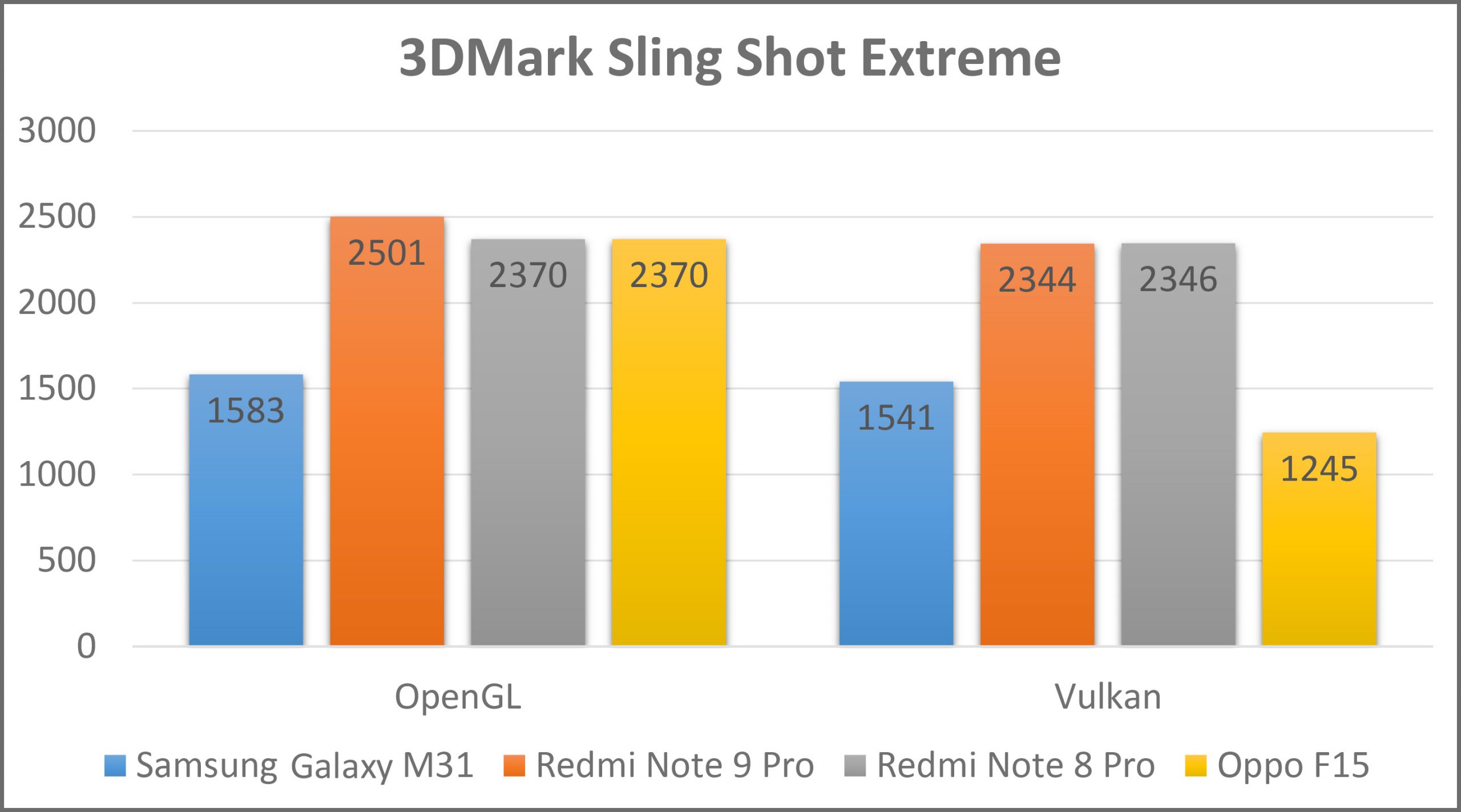
For the GPU test, we used 3D Mark Slingshot Extreme. We compared it with phones that are in the same price brackets like; Redmi Note 8 Pro, Note 9 Pro, and Oppo F15.
- M31 scores 1583 in OpenGL and 1541 in Vulkan.
- Note 9 Pro leads in OpenGL with a score of 2501 and scores 2344 in Vulkan.
- Note 8 Pro is slightly behind Note 9 Pro in OpenGl with 2370 and lads in Vulkan with 2436.
- Oppo F15 comes last as it scores 2370 in OpenGL and 1245 in Vulkan.
According to the benchmark, M31 is ahead of Oppo F15 even though they have the same Mali G72-MP3 GPU but the Redmi phones are way ahead of the Samsung Galaxy M31 in terms of GPU performance.
Well, these are benchmark test and doesn’t reflect actual real-life performance. So let’s see how it fares in real-life performance.
Samsung Galaxy M31 is pretty smooth on a day to day basic usage. Web browsing, app opening, and app switching have been pretty smooth. I haven’t had any performance issues with the M31.
Regarding gaming, I tried PUBG and COD Mobile in the M31. You can play PUBG in HDR settings and COD in high settings. Well, it’s not smooth all the way but you can play PUBG on HDR. You will have choppy gameplay on HDR and high settings but it’s more than playable. Let’s say it’s not up to the performance level of Redmi Note 8 Pro and Note 9 Pro but it’s good enough.
Also, the device does get warm when you play games but it stays in a comfortable range. I played COD for more than an hour, but there was no performance throttle and the temps remained fairly comfortable.
Security
In terms of unlocking options, you can use the fingerprint sensor or face unlock but I prefer the fingerprint sensor. It’s quick and reliable but it’s now as quick as the Chinese competitors.
If you prefer, you can use face unlock as well. But, it’s not as quick as the fingerprint sensor. Also, it’s not consistent during low light situations.
Speaker
The speaker on the Samsung Galaxy M31 is quite loud given it only has a single speaker. Sound quality is nice, it feels thin if you play rock songs but it’s good for pop songs and videos. Speaker is good but it’s not excellent.
Battery and Charging
- Non-removable Li-Po 6000 mAh battery, Fast charging 15W
- USB 2.0, Type-C 1.0 reversible connector, USB On-The-Go
Without andy doubt, Samsung M31’s 6000 mAh battery is monstrous. On heavy usage, I was getting around 6-7 hours of screen on time even when I played games for more than 2 hours. And the thing is I would still have 30% battery left in the tank at the end of the day. Similarly, I would get 8 hours of screen on time on average usage.
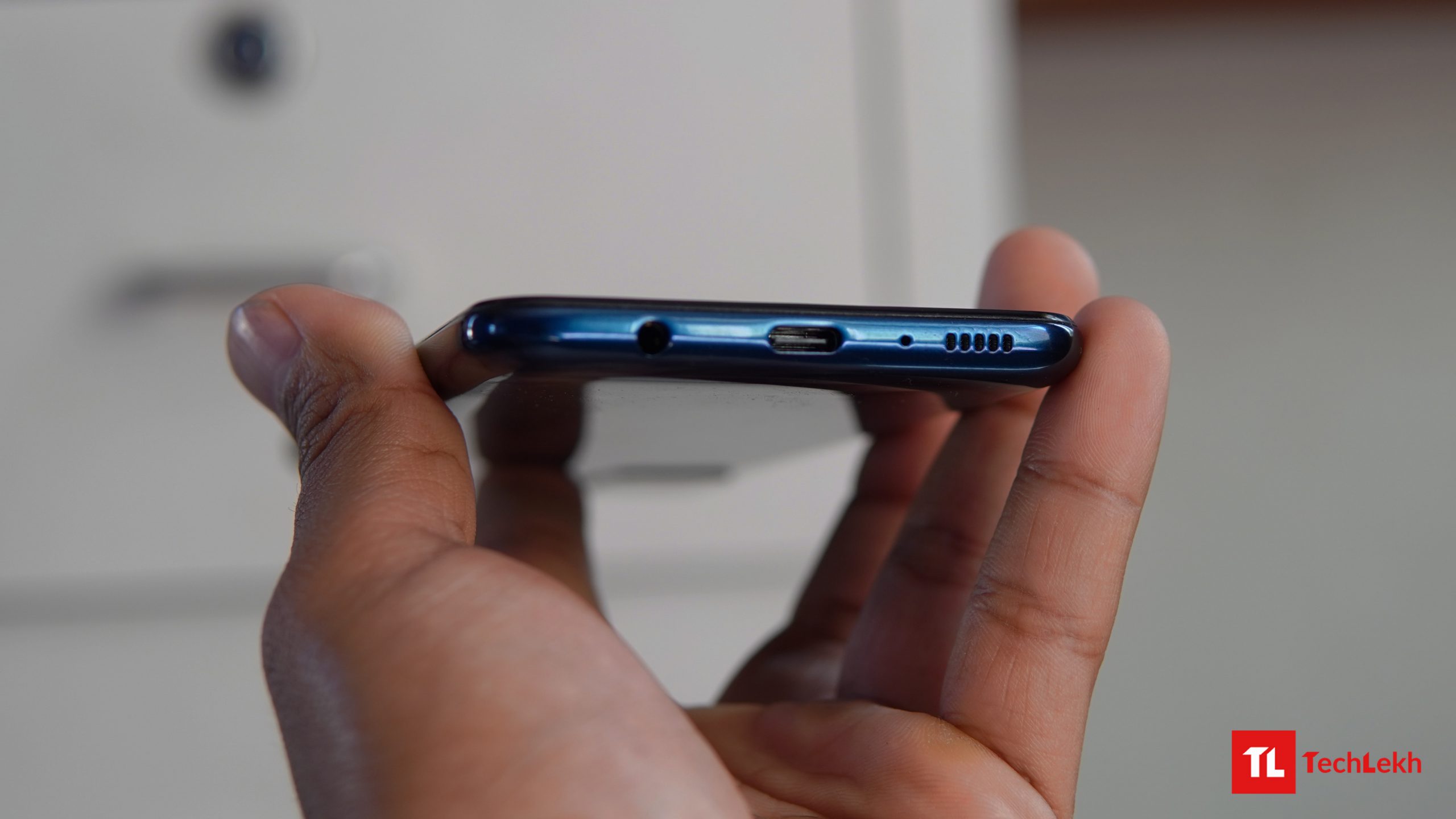
So, you can actually use Samsung M31 for almost 2 days under average usage. It’s super impressive. But, it’s charging is not impressive.
As I’ve already said in my early impression, it takes more than 2 and a half hours to go from 0 to 100. It would have been great if it had 20W or even 25W fast charging.
Software
- Android 10, One UI 2.0
Samsung Galaxy M31 runs on One UI Core 2.0 on top of Android 10. I will say that One UI is one of the good UI out there. Personally, I like the Oxygen Os and I will say One UI is the 2nd best after it.
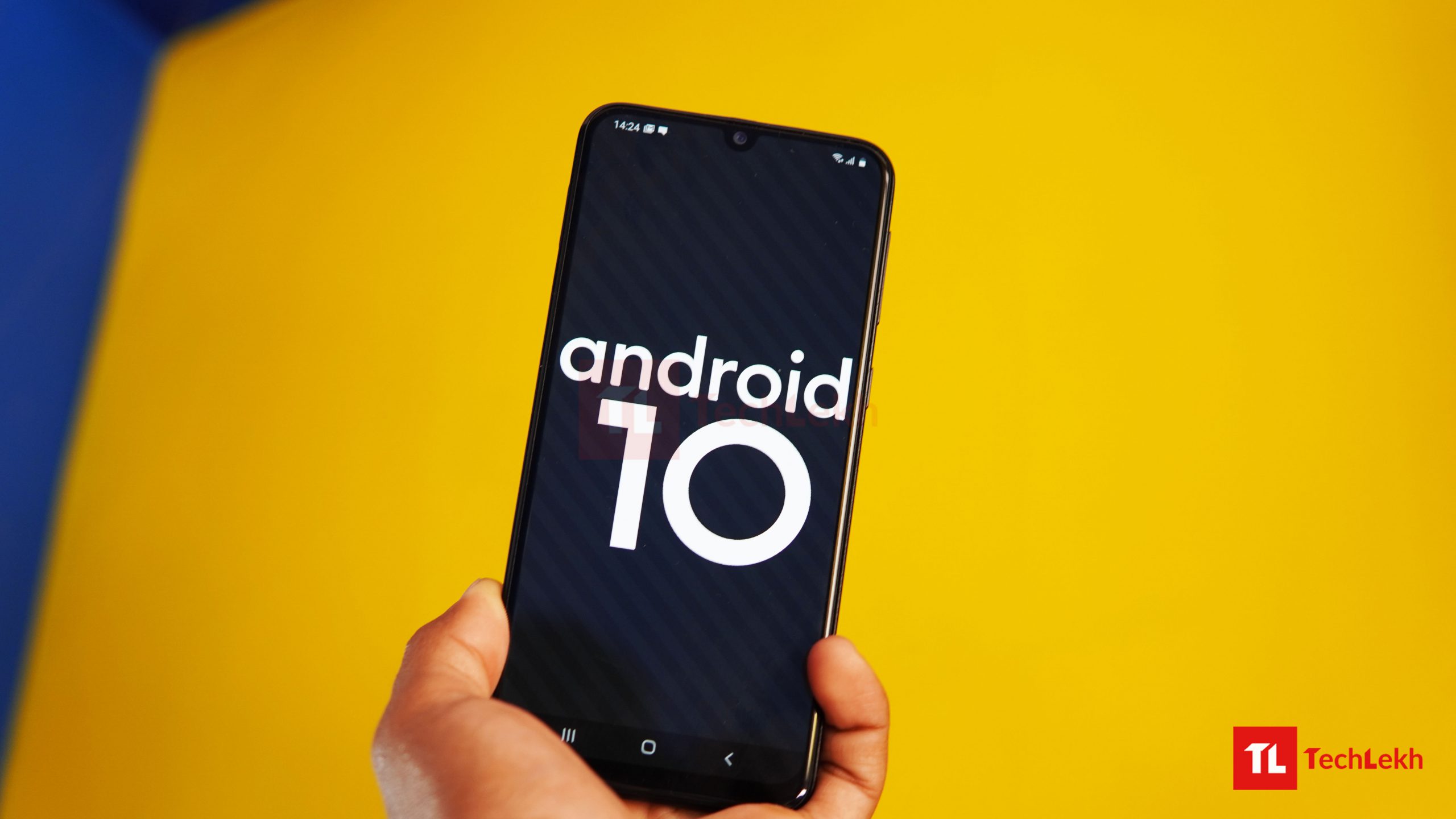
With One UI 2, we get a new gesture system similar to stock Android. The notification drop-down now shows silent notifications. The device care section has been redesigned totally as you can check battery usage for the last 7 days now.
And, there are changes to camera UI as well, it’s now much more simplified as all the other modes except Photo, Live focus, and Video are now hidden inside more section.
The software experience is really nice. But it does come with some bloatware like Preim video, Amazon Shopping, and Helo.
Should You Buy M31?
Of course! It’s a very good phone.
Surely it doesn’t have any fancy features like high refresh-rate display or even upper fast charging but it’s good where it needs to be. You’re getting the best AMOLED display you can get for the price.
Sure, performance is not the best for the price but it’s good enough, you can play high-end games without having to compromise. Its 64MP camera is also good in most situations. Then, you get an absolute monster of a battery.
But I do feel that Samsung should have done a better job with its build quality. Well, it feels robust and durable but the plastic back scratches easily and you have to very careful where you place it if you’re not using a case.
So, if you’re someone who wants good performance, an AMOLED display, good enough camera, monstrous battery, and can deal with the plastic build, Samsung M31 is the go-to mid-range phone.
However, If you’re a gamer you might want to look at the competitions like Redmi Note 8 Pro.
I hope you like our in-depth review of Samsung Galaxy M31. If you have any questions regarding this device, then drop it in the comments below. I will try my best to answer each of them.
-
Infinix Mobile Price in Nepal (April 2024 Updated)Infinix, founded in 2013, is a Hong Kong-based smartphone maker that focuses on making budget…
-
Infinix Hot 40i with 32MP Front Camera Launched in NepalHIGHLIGHTS Infinix Hot 40i price in Nepal starts at Rs. 14,999 (4/128GB). The device features…
-
Gravity Bassbuds Max with ANC Launched in Nepal at a Discounted PriceHIGHLIGHTS The Gravity Bassbuds Max price in Nepal is Rs. 3,500. The first 100 customers…
















